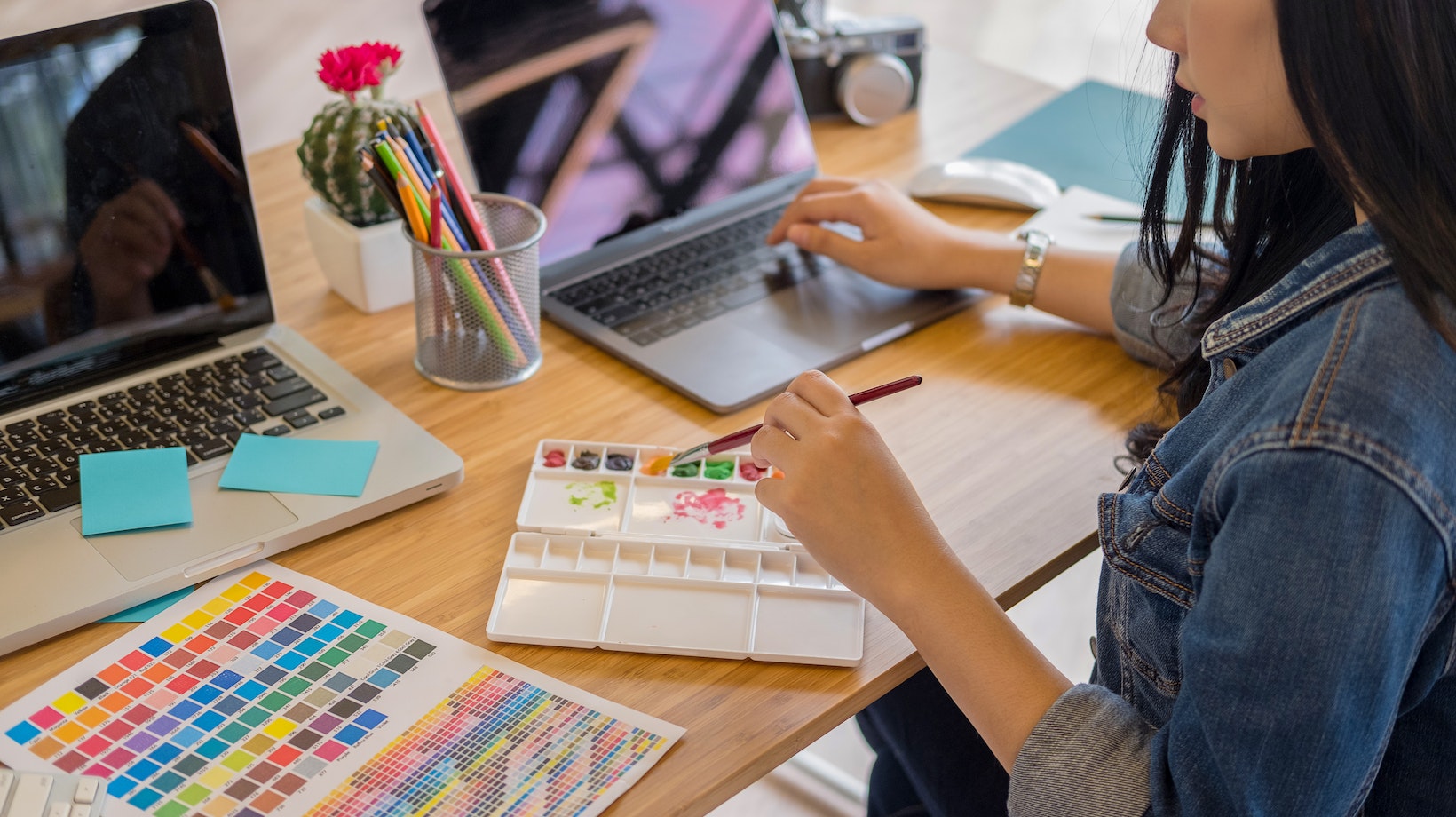Table of Contents
ToggleHow To Use Live Paint In Illustrator
If you’re looking to boost your creative game, learning how to use live paint in Illustrator is a fantastic place to start. This tool can be a real game-changer for your digital art and design projects. Trust me, once you’ve mastered the art of live painting, it’s going to transform how you approach color and design in Adobe Illustrator.
It’s not as complex as it might seem at first glance. In fact, using live paint can actually simplify the process of coloring complex vector images. It allows us to fill areas with color that aren’t necessarily enclosed shapes – something that isn’t always possible with conventional methods in Illustrator.
Don’t feel intimidated if you’re new to this feature or even if you’re just starting out with Illustrator itself. I’ll walk you through the steps of how to effectively navigate this tool– breaking down everything from setting up your workspace right down to applying colors with precision and confidence.
Understanding Adobe Illustrator’s Live Paint Feature
When it comes to digital art and design, I’ve found Adobe Illustrator’s Live Paint feature to be a game-changer. You might ask yourself, “how do I use live paint in Illustrator?” Well, that’s exactly what we’ll delve into today.
First off, let’s break down the process of using this tool. The steps are pretty straightforward:
- Open your desired image in Adobe Illustrator.
- Select the image with the ‘Selection Tool’.
- Go to ‘Object’ > ‘Live Paint’ > ‘Make’.
- Now you can start painting by selecting the ‘Live Paint Bucket Tool’.
Remember, it’s crucial not to rush through these steps; take your time and familiarize yourself with each function.

Exploring The Benefits Of Illustrator’s Live Paint Feature
It wouldn’t be fair if we didn’t look at why this tool is so beneficial for artists and designers alike:
- Efficiency: It drastically speeds up coloring workflows.
- Flexibility: It allows you to color any area without needing defined paths or anchor points.
- Creativity: It provides an intuitive space for artists to experiment freely.
These advantages make learning how to use live paint in illustrator well worth your time!
Common Challenges And Solutions When Using Live Paint
Now let me address some challenges you might encounter when first starting out with this tool:
- If you’re unable to select certain areas, check whether there are any gaps in your drawing where colors could leak out.
- If two different colors are mixing weirdly together, try changing their layer order or simplifying your artwork’s structure.
Don’t worry if things don’t go perfectly straight away – practice makes perfect! With enough experimentation and patience, you’ll become a pro at using live paint in no time. Remember: every challenge is an opportunity to learn and grow. Happy painting!
Exploring Advanced Techniques For Live Paint
Diving deeper into the realm of Adobe Illustrator, I’ve discovered there’s so much more you can do with the live paint feature. It’s not just about filling in areas with color; it’s about creating and manipulating complex designs in a way that’s both efficient and creative.
The first advanced technique I’d like to talk about is working with Gap Options. Now, you might be thinking, “Wait a minute! Gaps? What are those?” Let me explain. Sometimes when we’re using live paint, we might unintentionally leave small gaps in our design where no strokes intersect. Instead of having to go back and manually close these gaps, Illustrator has a neat trick up its sleeve.
In your control panel at the top of your screen (make sure you have a live paint group selected), there’s an option titled Gap Options. Clicking on this will open up a dialog box where you can choose how Illustrator deals with gaps in your artwork. You can instruct it to ignore small or large gaps or even fill them automatically.
Another advanced tool that comes handy while using live paint is the Live Paint Selection Tool. This tool allows you to select individual areas within your Live Paint groups without affecting other elements. It’s particularly useful when working on intricate designs where precision matters.
Here are some quick steps on how to use it:
- Select the Live Paint Selection Tool from the toolbar
- Click on an area or stroke within your Live Paint group
- Add or change colors as desired
And lastly, don’t forget about gradients! Yes, contrary to popular belief, they can indeed be used within live paint groups. However, keep in mind that gradients must be applied to strokes and not filled areas.
Hopefully, these advanced techniques have enlightened you on just how versatile live paint in Illustrator can be. So, what are you waiting for? Get out there and start creating!






